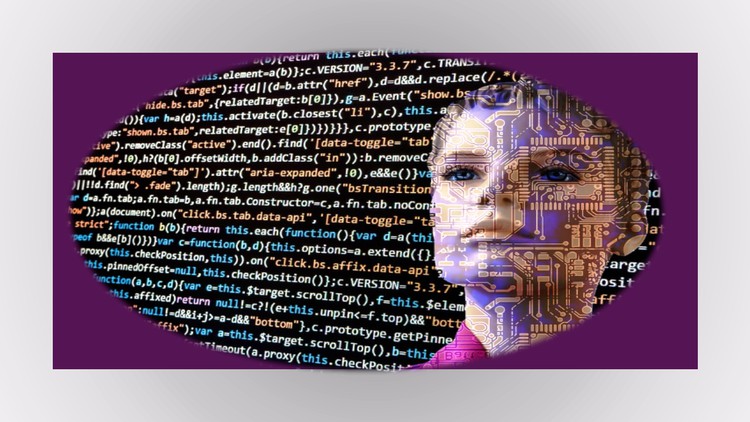Understanding ICT- Information and Communication Technology

Why take this course?
Based on the sections you've outlined, it seems you are looking to cover a comprehensive overview of computer systems and their components, networking, security, cloud computing, databases, expert systems, current trends like blockchain and IoT, as well as ICT applications across various sectors. Here's a detailed outline that expands on each section, which can be used as a guide for a report, presentation, or study on computer systems:
Section 1: Introduction to Computer Systems
- Definition of a computer system
- Basic components of a computer (Hardware and Software)
- Overview of computer architecture
Section 2: Input Devices
- Keyboard
- Mouse
- Scanners
- Digital cameras
- Microphones
- Touchscreens
- Cameras for facial recognition
- Barcode scanners
- Light pens
- Styluses
- Game controllers
Section 3: Output Devices
- Monitors (LCD, LED, OLED)
- Printers (Inkjet, Laser)
- Plotters
- 3D Printers
- Speakers and Headphones
- Tactile feedback devices
- Haptic devices for virtual reality
Section 4: Types of Output Devices
- Monitors
- Printers
- Plotters
- 3D Printers
- Speakers
- Control Devices (Joysticks, Trackballs, etc.)
Section 5: Storage Devices and Media
Magnetic media
- Hard disk drives (HDD)
- Floppy disks
Optical media
- CDs (Compact Discs)
- DVDs (Digital Versatile Discs)
- Blu-ray discs
Solid-State media
- Flash memory cards and sticks
- Solid-state drives (SSDs)
Backups and Archives
- External hard drives
- Network Attached Storage (NAS)
- Cloud storage solutions
Section 6: Networks
- Basic principles of computer communication
- Definition and components of a network
- Types of networks: LAN, WLAN, MAN, WAN, PAN
- Network hardware: NICs, hubs, switches, bridges, routers, modems, cables (Ethernet, coaxial, fiber optic, Wi-Fi)
- Network protocols and standards (TCP/IP, HTTP, FTP, etc.)
Section 7: SATELLITE SYSTEMS
- Earth observation satellites
- Communication satellites
- Global Positioning System (GPS)
- Geostationary vs. Non-Geostationary Satellites (GSO vs. NGSO)
Section 8: Data Security
Security Issues
- Phishing, spam, smishing, vishing, spyware, virus
Data Protection Methods
- Authentication and Authorization
- Two-factor authentication
- Digital certificates
- Transport Layer Security (TLS)
- Encryption techniques (symmetric and asymmetric)
Section 9: Cloud Computing
- Definition and components of cloud computing
- Models of cloud computing: IaaS, PaaS, SaaS
- Types of cloud environments: public, private, hybrid
Section 10: Databases
- Definition and importance of databases
- Types of databases: relational, non-relational (NoSQL)
- Database structure and design principles
- Using databases with DBMS (Database Management Systems)
- Data validation and verification
Section 11: Expert System
- What is an expert system?
- Main parts: inference engine, knowledge base, explanation facility
- How expert systems work
- Creating expert systems: rule-based systems, neural networks, fuzzy logic systems
- Examples of applications: medical diagnosis, financial modeling
Section 12: Current Trends
Blockchain Technology
- Definition and key concepts
- Cryptocurrencies and smart contracts
- Decentralized applications (DApps)
IOT: Internet of Things
- Definition and scope
- IoT architecture: devices, gateways, platforms, applications
- Security and privacy considerations
Section 13: ICT Applications
- Banking applications (ATM machines, online banking, mobile payments)
- Communication applications (email, instant messaging, video conferencing)
- Retail industry (ECommerce, inventory management, point of sale systems)
Each section can be expanded with subtopics and detailed explanations to provide a comprehensive understanding of each component within the realm of computer systems. Additionally, real-world examples and case studies can be included to illustrate how these concepts are applied in practical scenarios.
Loading charts...